Kiev
When Hitler invaded Soviet Union, June 22, 1941, the Ukrainian capital Kiev was one of the targets. The German army advanced rapidly and the Soviet Red Army suffered heavily losses in both killed, injured and soldiers taken prisoners. But they weren’t defeated and always managed to retreat and build up new defense lines. The soviet defenders fought furiously despite being both materially and leaderally inferior to the German forces. But somehow they always managed to fill the gaps with both material and men while the German supply lines became stretched. Cut-off Soviet units also formed partisan units that carried out sabotage behind the front and attacked German units in the back.
In August 1941 Kiev was within reach the german army. About 700,000 Soviet troop on the southwestern front were at risk of being encircled and captured at Kiev. This was tempting for Hitler who had units from the Moscow front moved to the Kiev front to capture the city. Hitler hoped that this would be a decisive blow for the Soviet army. But moving troops from Moscow front was something that several generals were against because they thought that Moscow should be given priority over Kiev, but Hitler didn’t listen to this. At the end of August, German artillery and flights began to bombard Kiev. In mid-September, the final attack on the city began. The battle of Kiev lasted for about ten days and became a crushing German victory. More than 600,000 Soviet troops fell into captivity, thus facing an uncertain future. Huge number of military equipment were also lost and fell into german hands.
After the German surrender at Stalingrad in January 1943, the Red army was on the offensive. Inch by inch, the Red Army recaptured previously occupied territories and at the end of October 1943 they approached Kiev from the east. Kiev had been occupied for more than two years, suffering both materially and humanly during this time. The soviet attack began in early November 1943 and fierced battles were fought. But eventually the german troops were forced to retreat from the city. After just two weeks, the city was liberated but not yet secured. The Germans tried to recapture the city, but the city was fiercely defended by the Red Army. Just before Christmas 1943, German resources were depleted and withdrew.
Current status: Museum/monument (2019).
Location: 50°25'37.64' N, 30°33'50.29' E
Get there: Metro to Arsenalna Station.
Follow up in books: Bellamy, Chris: Absolute War: Soviet Russia in the Second World War (2008).
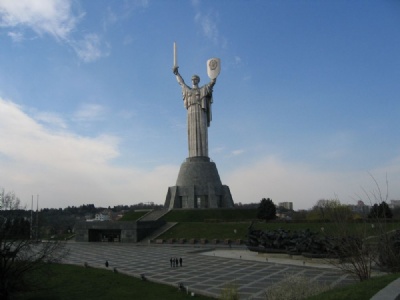
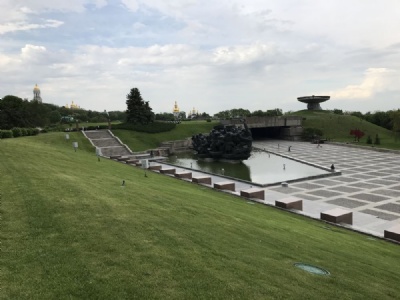

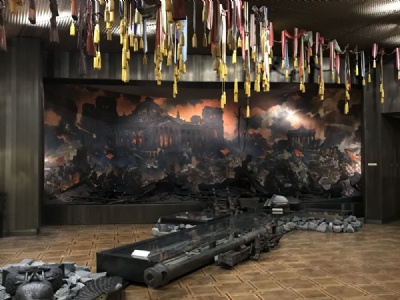
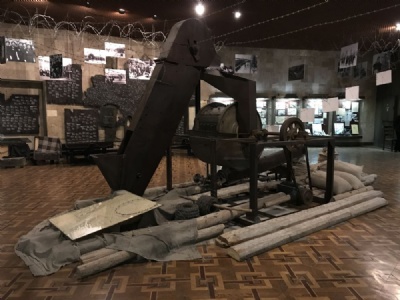
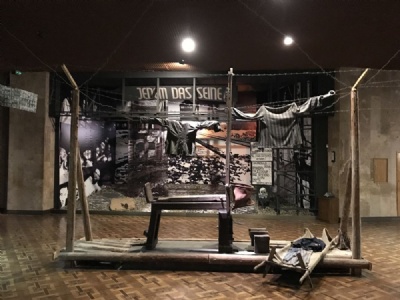
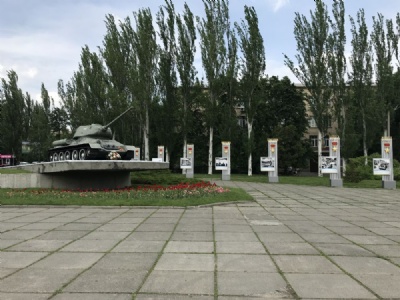
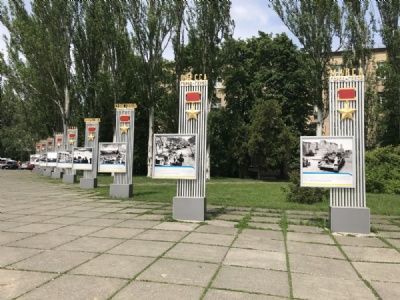
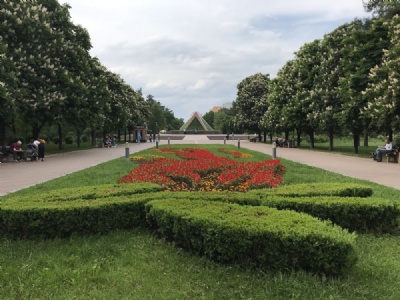
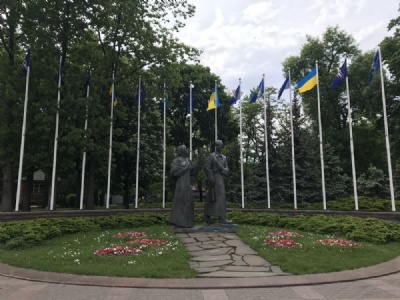

Kiev is one of thirteen cities in the former Soviet Union awarded the title Hero City for its sacrifices and suffering during what in the Soviet Union is called the Great patriotic war. Kiev received the award in 1965 and was the finest award a city could receive during the Soviet era. In memory of the victory over Nazi Germany, several museums and monuments were erected throughout Kiev. The most interesting and lavish is the state Ukrainian museum of the great patriotic war. It is located on a hill and is characterized by a huge statue depicting Mother Russia. The statue can be seen from all over Kiev and has become a symbol of the city.
The statue itself, including the pedestal it stands on, measures 102 meters. Inside the pedestal there is an interesting museum where a large part is dedicated to the war against Nazi Germany 1941 – 1945. Interesting objects and dioramas depict the war in several halls. Though not as spectacular and not with the same tribute to the Soviet Union as its counterpart in Moscow. This, of course, has its explantion in the conflict with Russia since the annexation of Crimea in 2014 and the conflict in eastern Ukraine with Russian separatists. Part of the museum is therefore about the conflict with Russia. The museum is well worth a visit.